How to Create DIY 3D Paper Wall Art
Creating stunning 3D paper wall art is an exciting adventure that can transform any dull wall into a vibrant canvas of creativity. Whether you’re a seasoned artist or just starting out, the process of crafting these unique pieces is both rewarding and fun. Imagine walking into a room and being greeted by a burst of color and texture that captivates the eye and sparks conversation. This article will guide you through the creative process of making your own 3D paper wall art, from choosing the right materials to exploring various techniques and design ideas that will inspire your artistic journey.
When diving into the world of 3D paper wall art, the first step is to select the right materials. The quality of your paper can significantly impact the final result, so it’s essential to choose wisely. Opt for a variety of paper types such as cardstock for sturdiness, tissue paper for delicate layers, and patterned paper for visual interest. The adhesives you use are equally important; a good glue stick or double-sided tape can make your crafting process smoother, while hot glue is perfect for heavier elements. Additionally, having the right tools at your disposal, such as sharp scissors, a craft knife, and a cutting mat, will ensure precision in your work. The combination of these materials will not only enhance the durability of your art but also contribute to its overall visual appeal.
To truly bring your paper art to life, understanding some basic techniques is crucial. Techniques like layering, folding, and cutting can dramatically enhance the dimensionality of your artwork. For instance, layering involves stacking various pieces of paper to create depth, while folding can introduce intriguing shapes and forms. Cutting, on the other hand, allows for intricate designs that can elevate your art to a whole new level. Mastering these fundamental methods will empower you to create striking 3D effects that leave a lasting impression.
Layering is perhaps the most essential technique in creating depth in paper art. By strategically placing different layers of paper, you can create a sense of dimension that draws the viewer in. There are various methods to achieve this, such as:
- Overlapping Layers: By slightly overlapping pieces of paper, you can create a natural flow and movement in your design.
- Varying Sizes: Using layers of different sizes can add complexity and interest, making your artwork more dynamic.
- Textured Layers: Incorporating different textures can enhance the visual experience, making certain elements pop out more than others.
Each of these techniques can help elevate your designs and add a level of sophistication that is sure to impress.
One of the secrets to achieving stunning visual impact in your 3D paper art is to vary the thickness of the paper you use. Thicker papers can provide a solid foundation, while thinner papers can be used for delicate details. Combining these different weights allows you to create unique textures and shadows that contribute to the overall depth of your piece. For example, a thick cardstock base can support intricate cutouts made from lighter paper, resulting in a beautiful contrast that captures attention.
Shadows and highlights are essential components for adding depth to your artwork. By carefully considering the placement of colors and layers, you can create dynamic light effects that make your paper art appear more lifelike. Think of it like painting with light; by using darker shades in certain areas and lighter tones in others, you can simulate the way light interacts with objects in the real world. This technique not only enhances the dimensionality of your work but also adds an element of drama and intrigue.
Folding and cutting are foundational skills that every paper artist should master. These techniques allow you to create intricate designs and maintain structural integrity in your artwork. Whether you’re making sharp creases for geometric shapes or gentle folds for organic forms, practice is key. Don’t be afraid to experiment with different cutting methods as well, such as using a craft knife for precision or scissors for more straightforward cuts. The more comfortable you become with these techniques, the more complex and beautiful your designs will be.
Finding inspiration for your 3D paper wall art can sometimes feel like searching for a needle in a haystack. However, the beauty of paper art is that inspiration can come from anywhere! Whether it’s the colors of a sunset, the shapes of leaves, or even geometric patterns found in architecture, the world around you is filled with ideas waiting to be transformed into art. Here are a few themes to spark your creativity:
Nature provides endless inspiration for paper art. Imagine creating a stunning floral arrangement or a majestic animal silhouette that brings the beauty of the outdoors inside your home. From delicate butterflies to sprawling landscapes, the possibilities are truly limitless. By incorporating elements from nature, you can evoke feelings of tranquility and connection to the environment.
If you’re leaning toward a more modern aesthetic, geometric designs offer a sleek and contemporary look. Incorporating shapes like triangles, circles, and hexagons into your art can create a visually striking composition that stands out. Think of your wall art as a puzzle where each piece fits together to create a cohesive design. By playing with colors and patterns, you can craft something that is not only beautiful but also uniquely yours.
Creating 3D paper wall art can raise a few questions, especially for beginners. Here are some frequently asked questions to help guide you:
- What type of paper is best for 3D wall art? A mix of cardstock, patterned paper, and tissue paper works well for different effects.
- Do I need special tools? While basic scissors and glue are enough, having a craft knife and cutting mat can enhance precision.
- How do I hang my paper art? Use adhesive strips or frames to display your artwork without damaging the wall.
With these tips and insights, you’re well on your way to creating your own stunning 3D paper wall art. So gather your materials, unleash your creativity, and let your imagination run wild!

Choosing the Right Materials
When embarking on your journey to create stunning 3D paper wall art, the first step is to carefully choose your materials. The right paper, adhesives, and tools can make a world of difference in the durability and visual appeal of your artwork. So, let’s dive into what you need to consider when selecting materials for your project.
First and foremost, the type of paper you choose is crucial. Not all paper is created equal! For 3D effects, you’ll want to opt for cardstock or heavyweight paper, which provides the sturdiness needed to hold its shape. Additionally, consider using textured paper or colored paper to add depth and interest to your designs. The variety in texture can create a tactile experience, inviting viewers to reach out and touch your artwork.
Next, let’s talk about adhesives. A strong adhesive is essential for ensuring your layers stay intact. You might want to consider options like liquid glue, double-sided tape, or even glue dots. Each has its benefits; for instance, liquid glue allows for some repositioning, while double-sided tape provides instant adhesion. Choose an adhesive that aligns with your crafting style and the specific requirements of your project.
Now, don’t forget about the tools! Having the right tools can elevate your crafting experience. Here are some essentials you should have in your toolkit:
- Craft knife - Perfect for intricate cuts.
- Scissors - A good pair of scissors is a must-have.
- Cutting mat - Protects your surfaces while cutting.
- Ruler - For precise measurements.
- Bone folder - Great for making crisp folds.
In summary, choosing the right materials is not just about aesthetics; it's about ensuring your artwork can withstand the test of time while also captivating your audience. With quality paper, the right adhesives, and the proper tools, you'll set a solid foundation for your creative expression. Remember, the materials you select will play a pivotal role in the overall success of your 3D paper wall art, so take your time and choose wisely!
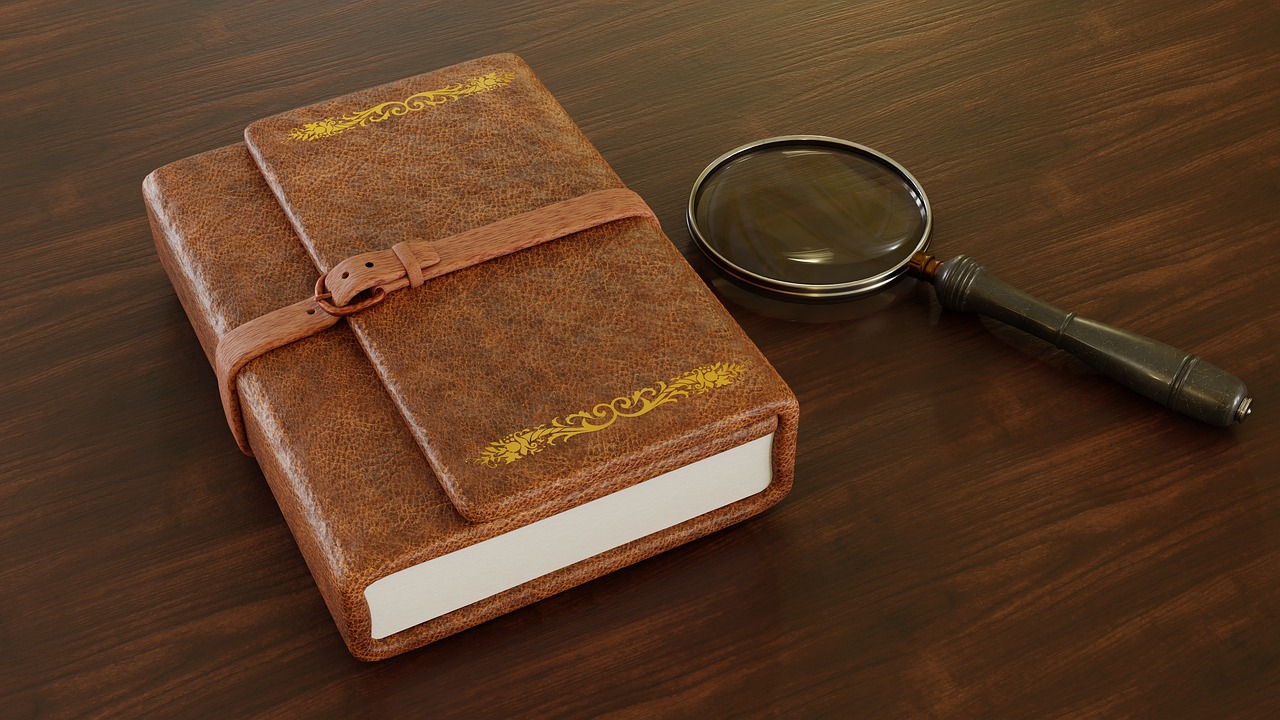
Basic Techniques for 3D Effects
Creating stunning 3D paper wall art isn't just about having the right materials; it's also about mastering some fundamental techniques that will elevate your work to new heights. One of the most exciting aspects of crafting 3D art is the ability to manipulate paper in ways that create depth and intrigue. In this section, we will explore essential methods like layering, folding, and cutting, each of which plays a crucial role in achieving those striking 3D effects that make your artwork pop.
First off, let's talk about layering. This technique involves stacking multiple pieces of paper on top of each other to create a sense of depth. Imagine a beautiful landscape scene where the foreground elements are more pronounced than those in the background. By using different colors and textures, you can create a vibrant, multi-dimensional look. For instance, you might start with a solid base layer and gradually add more intricate details on top. The key here is to use varying heights and distances between layers to create shadows and highlights that mimic real-life perspectives.
When it comes to layering, there are several methods you can utilize to enhance your designs. One popular approach is to use a combination of different paper thicknesses. Thicker papers can be used for the base layers, while thinner, more delicate papers can be added on top for details. This not only adds visual interest but also creates a tactile experience. The contrast between the weights of the paper can produce unique textures and shadows, making your artwork more dynamic.
To effectively combine different weights, consider the following tips: start with a sturdy paper for your base—something like cardstock works wonderfully. Then, select lighter papers for your top layers. By doing this, you can achieve a beautiful contrast that draws the eye. For example, if you’re creating a flower, the petals can be made from lighter paper, while the stem and leaves can be crafted from a thicker cardstock. This technique not only enhances the visual appeal but also ensures that your artwork remains structurally sound.
Shadows and highlights are essential for adding depth to your 3D paper art. A great way to create these effects is by strategically placing your layers. When you position a darker piece of paper behind a lighter one, it casts a shadow that gives the illusion of depth. Additionally, you can use colored paper to enhance the light effects. For instance, if you're working on a sunset scene, using gradients of orange, pink, and purple can create a stunning visual impact that mimics the beauty of an actual sunset. Don't forget to experiment with the placement of your layers—sometimes, shifting a piece just a bit can transform the entire look of your artwork!
Another foundational skill in paper crafting is mastering folding and cutting. These techniques are vital for creating intricate designs and ensuring the structural integrity of your artwork. When cutting, precision is key. A sharp craft knife or scissors can make all the difference in achieving clean lines. You might also want to consider using a cutting mat to protect your surfaces and ensure that your cuts are straight.
Folding, on the other hand, can add another layer of dimension to your work. Techniques like accordion folds or mountain and valley folds can create movement in your designs. For example, if you're creating a paper butterfly, folding the wings in a way that they slightly lift off the base can make your piece feel alive. By combining these techniques with layering, you can create truly breathtaking 3D effects that will leave your audience in awe.
In conclusion, the basic techniques for achieving 3D effects in paper wall art revolve around layering, folding, and cutting. By experimenting with different paper thicknesses and mastering the art of shadow and light, you can create pieces that are not only visually stunning but also rich in texture and depth. So grab your materials and let your creativity soar!
- What type of paper is best for 3D wall art? It's best to use a mix of cardstock for sturdiness and lighter papers for intricate details.
- Can I use glue instead of tape for layering? Yes, glue can provide a more permanent bond and is often preferred for layering.
- How do I create shadows in my paper art? Position darker layers behind lighter ones to create depth and shadow effects.
- Is it necessary to use a cutting mat? While not mandatory, a cutting mat helps protect surfaces and ensures clean cuts.
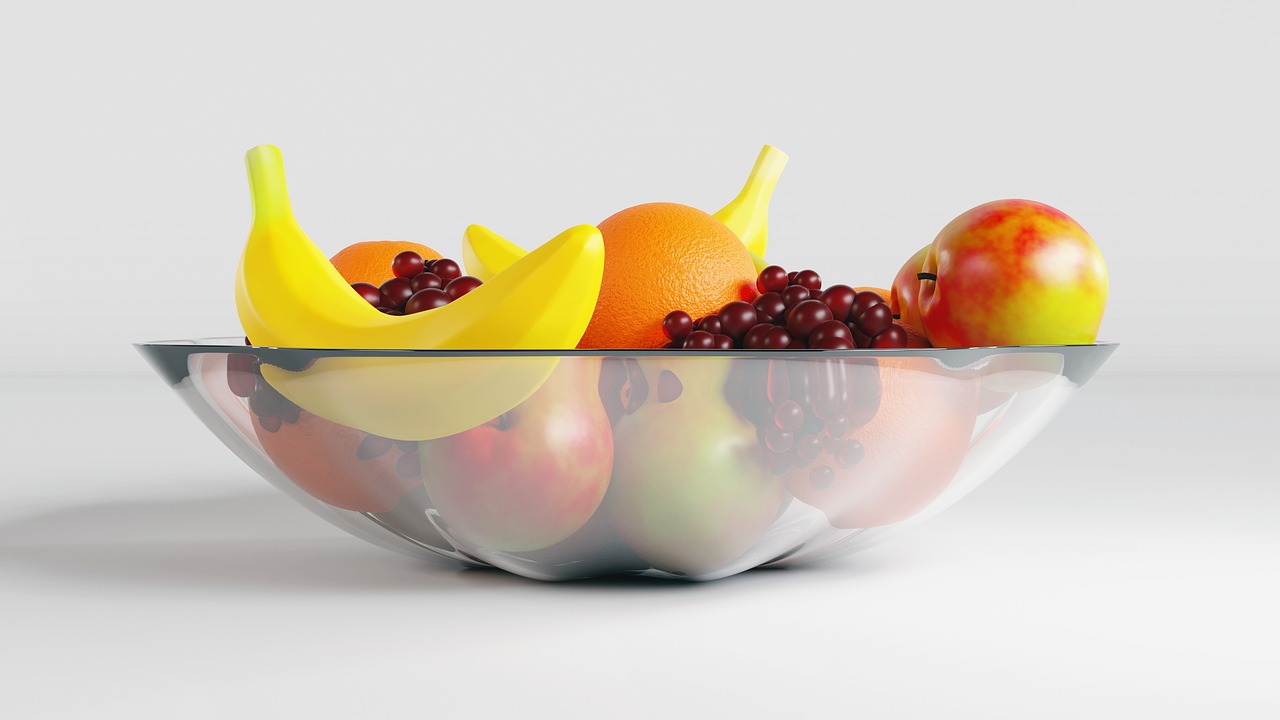
Layering Techniques
Layering is a fundamental technique that can transform your 3D paper wall art from flat and uninspiring to a stunning, multi-dimensional masterpiece. The beauty of layering lies in its ability to create depth and intrigue, drawing the viewer's eye into the artwork. Think of it as building a cake: each layer adds flavor and complexity, making the final product far more enjoyable. In paper art, this means stacking various pieces of paper at different heights and angles to produce a captivating visual experience.
To start layering effectively, you need to consider the order of your layers. The background should typically be the largest and most subdued, while the foreground elements should be more vibrant and detailed. This technique not only creates a sense of depth but also helps to guide the viewer’s focus through the artwork. You can use various shapes and sizes of paper cutouts to create a dynamic composition. For instance, a large, soft-colored background flower can be layered with smaller, brighter petals in the foreground, creating an eye-catching contrast that pops.
Another essential aspect of layering is the use of adhesives. Different types of glue can affect how your layers sit on top of one another. For instance, using foam dots or double-sided tape can add height and dimension, making certain elements stand out even more. The key is to experiment with different adhesives to find the right balance for your project. You don’t want to overdo it; too much adhesive can lead to a messy appearance that detracts from the overall aesthetic.
Additionally, consider the color palette you choose for your layers. Harmonious color schemes can create a soothing effect, while contrasting colors can add drama and excitement. For example, if you’re working on a nature-inspired piece, you might opt for earthy tones in the background and vibrant greens and yellows for the foreground elements. This contrast not only enhances the visual appeal but also emphasizes the dimensionality of your work.
One technique that many artists overlook is the use of negative space. By intentionally leaving gaps between layers, you can create an interesting interplay of light and shadow. This can be particularly effective in abstract designs where the absence of paper can be just as impactful as the presence of it. Think of negative space as the silence in music; it’s what makes the notes stand out.
To illustrate some of these concepts, here’s a simple table showcasing different layering techniques and their effects:
| Layering Technique | Description | Effect |
|---|---|---|
| Basic Layering | Stacking pieces directly on top of each other. | Creates depth. |
| Offset Layering | Shifting layers slightly to one side. | Adds visual interest. |
| Dimensional Adhesives | Using foam dots or tape for height. | Enhances three-dimensionality. |
| Negative Space | Leaving gaps between layers intentionally. | Creates balance and highlights. |
In conclusion, mastering layering techniques can significantly elevate your 3D paper wall art. By experimenting with different materials, adhesives, and color schemes, you can create a visually stunning piece that captivates and engages. Remember, art is about exploration and expression, so don’t hesitate to push the boundaries of your creativity!
- What type of paper is best for layering? Generally, a mix of cardstock for sturdiness and lighter paper for detail works well.
- How do I prevent my layers from sticking together? Use dimensional adhesives and allow each layer to dry before adding the next.
- Can I use recycled paper for my projects? Absolutely! Recycled paper can add unique textures and colors to your art.
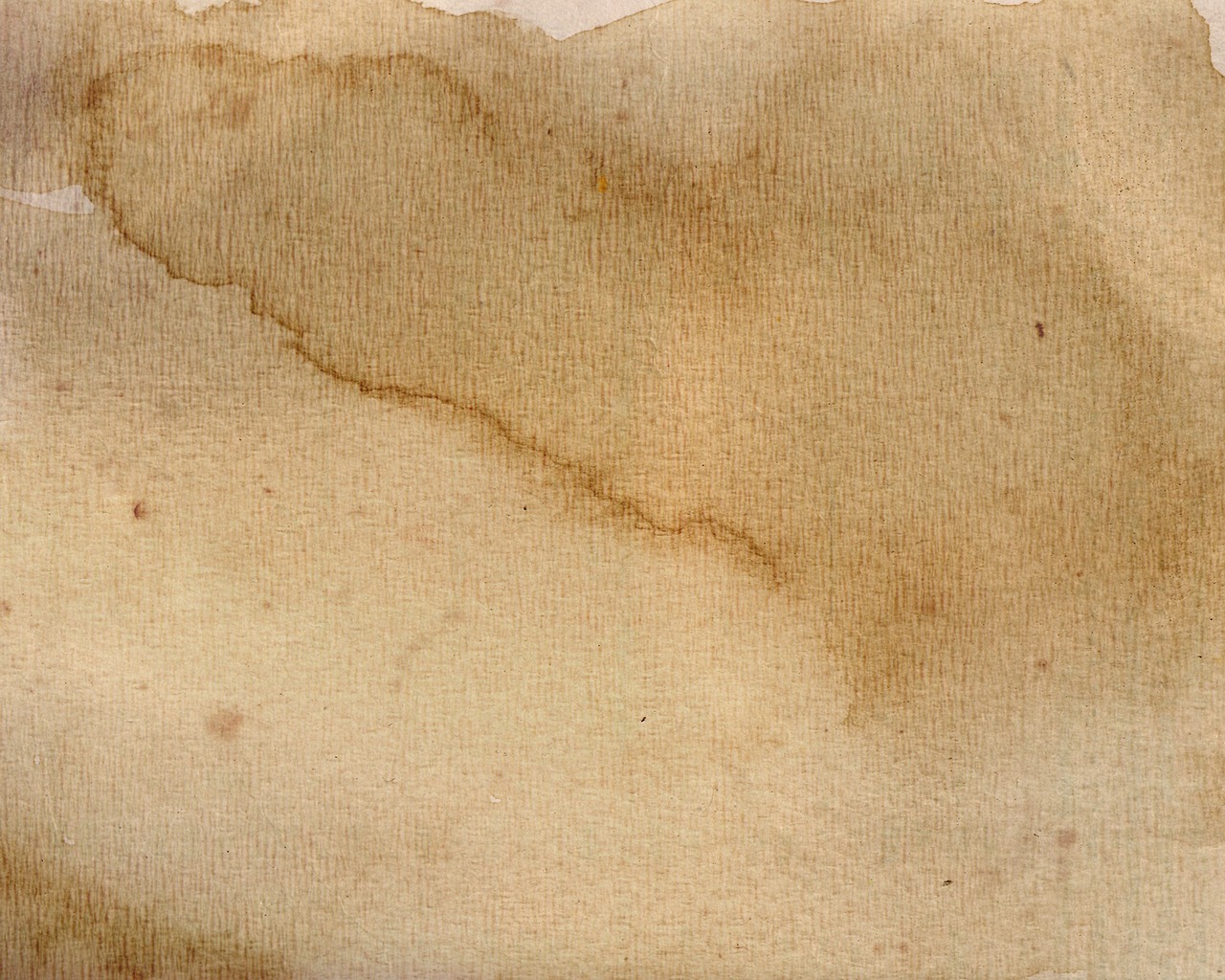
Using Different Paper Thicknesses
When it comes to creating stunning 3D paper wall art, the thickness of your paper plays a pivotal role in achieving the desired visual impact. Using a variety of paper weights not only adds dimension to your artwork but also enhances its textural quality. For instance, incorporating both lightweight paper and heavier cardstock can create a beautiful contrast that draws the eye and invites closer inspection.
Imagine layering a delicate, translucent paper over a sturdy cardstock base; the interplay of light and shadow can produce an enchanting effect that mimics the natural world. This technique is particularly effective when creating floral designs, where the petals can appear to float above the background, giving a sense of movement and life to your piece.
It’s also essential to consider how different thicknesses can affect the overall structure of your artwork. For example, if you're crafting a piece that requires intricate folds or detailed cuts, using a lighter paper can make these processes easier and more precise. Conversely, heavier papers are ideal for elements that need to support weight or withstand handling, such as the base of your design or any structural components.
Here’s a quick breakdown of common paper thicknesses and their best uses:
| Paper Thickness | Best Uses |
|---|---|
| 20 lb (75 gsm) | Lightweight layering, backgrounds, and intricate cuts |
| 65 lb (176 gsm) | Mid-weight layering, structural components, and decorative elements |
| 110 lb (300 gsm) | Heavy-duty bases, dimensional shapes, and focal points |
By combining these various weights, you can create a captivating visual narrative that captures the essence of your artistic vision. Experimenting with different papers not only allows for creative freedom but also encourages you to explore the boundaries of your craft. So, don’t be afraid to mix it up! Your 3D paper wall art should be a reflection of your unique style and creativity.
- What types of paper are best for 3D wall art? Generally, a mixture of lightweight and heavier papers works best to create depth and structure.
- Can I use recycled paper for my projects? Absolutely! Recycled paper can add character and uniqueness to your artwork.
- How do I ensure my layers stick together? Use strong adhesive, such as a glue stick or double-sided tape, to secure your layers effectively.
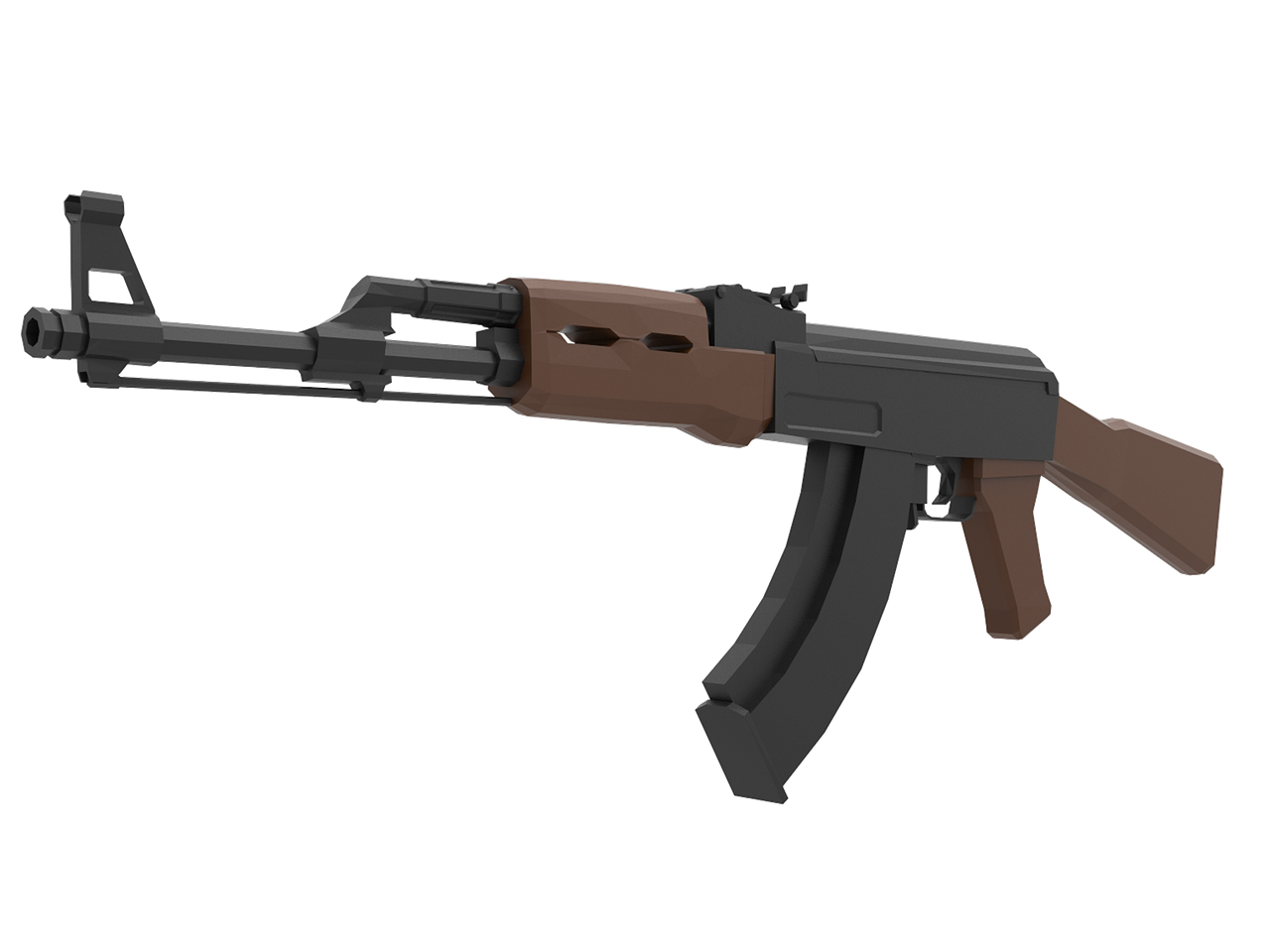
Creating Shadows and Highlights
When it comes to enhancing the depth and dimensionality of your 3D paper wall art, is an essential technique that can transform a flat piece of paper into a visually stunning masterpiece. Think of your artwork as a stage, where shadows and highlights play the roles of light and dark, creating a dynamic interplay that captivates the viewer's eye. But how do you achieve this magical effect? Let’s dive into some practical tips and techniques!
First off, consider the color palette you choose for your project. Colors can significantly influence how shadows and highlights are perceived. For instance, using darker shades can help create the illusion of depth, while lighter colors can bring elements forward. When layering your paper, think about the colors you want to use in relation to each other. A well-planned color scheme can guide the eye and create a sense of movement throughout your artwork.
Another critical aspect is the placement of your elements. By strategically arranging your layers, you can manipulate how light interacts with your artwork. For example, if you have a flower design, placing the petals at varying angles can cast shadows that mimic natural light. The interplay of light and shadow will not only add depth but also make your piece appear more lifelike.
To illustrate this concept, let’s consider a simple example. Imagine creating a layered paper flower. You can use a darker shade of green for the leaves and a lighter pink for the petals. By overlapping the petals slightly and angling them away from the light source, you will create a beautiful shadow effect that adds realism to your flower. This technique can be applied to various designs, whether you're crafting animals, landscapes, or abstract shapes.
Additionally, you can enhance your shadows and highlights by experimenting with different finishing techniques. For instance, using a blending tool or sponge can help soften the edges of your shadows, making them appear more natural. Alternatively, you might consider using a glossy finish on certain areas to reflect light, creating highlights that draw attention to specific parts of your artwork.
Finally, don't forget about the background! The surface on which your art is displayed plays a vital role in how shadows and highlights are perceived. A contrasting background can make your artwork pop, while a similar color may cause it to blend in. Experiment with different backgrounds to see how they affect the overall look of your piece.
In summary, creating shadows and highlights in your 3D paper wall art involves a mix of thoughtful color choices, strategic placement, and clever finishing techniques. By playing with these elements, you can elevate your artwork from ordinary to extraordinary, making it a true reflection of your creativity. So grab your materials, and let your imagination run wild!
- What type of paper is best for 3D wall art?
It's best to use a mix of cardstock for sturdiness and lighter paper for intricate details. Experiment with different weights to see what works best for your design!
- Can I use paint to create shadows and highlights?
Absolutely! Paint can add an extra layer of depth and color to your paper art. Just be sure to let it dry completely before assembling your layers.
- How do I ensure my layers stay in place?
Using a strong adhesive is key. Hot glue or double-sided tape works well to secure your layers without causing damage.

Folding and Cutting Methods
When diving into the world of 3D paper wall art, mastering folding and cutting methods is essential. These foundational skills not only allow you to create intricate designs but also ensure that your artwork maintains structural integrity. Think of folding as the magic that transforms a flat piece of paper into a dynamic form, much like how a simple origami crane comes to life from a single sheet. Similarly, cutting is the artistic tool that opens up new dimensions, giving your piece the flair it needs to stand out on the wall.
To begin with, let's explore some basic folding techniques. The most common method is the valley fold, where you fold the paper towards you, creating a 'V' shape. On the other hand, the mountain fold requires you to fold the paper away from you, forming a peak. These two techniques are essential for creating depth and dimension in your designs. They can be combined with more advanced techniques like accordion folds or reverse folds to add complexity. Imagine creating a stunning flower where each petal is a result of precise folds, giving it a lifelike appearance!
Now, let’s talk about cutting. The right cutting technique can redefine your artwork’s aesthetics. A simple pair of scissors can do wonders, but investing in a craft knife and a cutting mat can elevate your precision. For intricate designs, consider using a craft knife instead of scissors. It allows for more detailed cuts, enabling you to create delicate patterns that scissors might struggle with. When cutting, always remember to work on a stable surface and use a ruler to ensure straight lines. This attention to detail can make all the difference in achieving a professional look.
Here are some tips to keep in mind when folding and cutting:
- Use quality tools: A good pair of scissors and a sharp craft knife will make your work easier and more enjoyable.
- Practice makes perfect: Don’t hesitate to practice your folds and cuts on scrap paper before working on your final piece.
- Measure twice, cut once: Always double-check your measurements to avoid mistakes that could ruin your design.
Incorporating these folding and cutting methods into your 3D paper wall art will not only enhance your artistic skills but also bring your creative vision to life. Remember, the journey of creating art is just as important as the final product. So, enjoy the process, experiment with different techniques, and let your imagination run wild!
1. What type of paper is best for 3D wall art?
For 3D wall art, it’s best to use cardstock or heavier paper. These materials provide the durability needed for intricate designs and maintain their shape well.
2. Can I use regular scissors for cutting?
While regular scissors can work, using a craft knife will give you more precision, especially for detailed cuts. A cutting mat is also recommended to protect your surfaces.
3. How can I create shadows in my paper art?
To create shadows, consider layering different paper thicknesses and using contrasting colors. Positioning your pieces at varying angles can also help enhance the shadow effects.
4. Is it necessary to use adhesives?
Yes, adhesives are crucial in securing your layers and ensuring your art holds together. Use a glue that dries clear to maintain the aesthetic of your artwork.

Design Inspiration and Ideas
Finding inspiration for your 3D paper wall art can sometimes feel like searching for a needle in a haystack. But don’t worry! The world around us is brimming with ideas just waiting to be transformed into stunning paper creations. Whether you’re a beginner or a seasoned artist, tapping into various themes can ignite your creativity and lead to breathtaking results.
One of the most rewarding sources of inspiration is nature. Imagine bringing the vibrant colors of a garden into your home! Floral designs, for instance, can be created using an array of paper types, allowing you to mimic the delicate petals of a flower or the sturdy leaves of a plant. Think about creating a 3D bouquet or a serene landscape that captures the essence of a tranquil park. The beauty of nature is that it offers endless possibilities, and you can play with different colors and textures to make your art truly unique.
Another exciting direction to explore is geometric patterns. These designs can add a modern touch to your space and are perfect for those who appreciate clean lines and symmetry. By using various shapes like triangles, hexagons, and circles, you can create a stunning piece that draws the eye and complements contemporary decor. Imagine a wall adorned with interlocking shapes that create a mesmerizing optical illusion! The best part is, you can experiment with color gradients and layering to enhance the visual impact.
To help you brainstorm, here are a few themes to consider for your next project:
- Floral Arrangements: Create a stunning wall piece that mimics a real bouquet.
- Animal Silhouettes: Craft intricate designs of your favorite creatures.
- Abstract Art: Use shapes and colors to express emotions and ideas.
- Seasonal Themes: Capture the essence of each season with appropriate colors and motifs.
Don’t be afraid to mix and match these themes! For example, combining floral elements with geometric patterns can create a striking contrast that’s both playful and sophisticated. The key is to let your imagination run wild while still considering how the elements will work together in your final piece.
Moreover, consider incorporating color theory into your designs. Colors evoke emotions and can significantly impact the overall feel of your artwork. Warm colors like reds and yellows can create a sense of energy, while cool colors like blues and greens can evoke calmness and tranquility. By thoughtfully selecting your color palette, you can enhance the mood of your 3D paper wall art.
Finally, don’t forget to look for inspiration in unexpected places! Art galleries, fashion magazines, and even social media platforms like Pinterest and Instagram are treasure troves of creative ideas. You might stumble upon a color combination or a design style that resonates with you, sparking your own artistic vision. Remember, the journey of creating art is as important as the final piece, so enjoy the process and let your creativity flow!
Q1: What type of paper is best for 3D wall art?
A1: It depends on your design, but generally, a mix of cardstock for structure and lighter paper for delicate details works well.
Q2: Can I use regular glue for my projects?
A2: While regular glue can work, it’s best to use a strong adhesive like a glue gun or craft glue for durability.
Q3: How do I hang my 3D paper art?
A3: You can use double-sided tape, picture hanging strips, or even shadow boxes to display your art beautifully on the wall.
Q4: Is it difficult to create 3D effects?
A4: Not at all! With practice and the right techniques, anyone can master the art of creating stunning 3D paper designs.
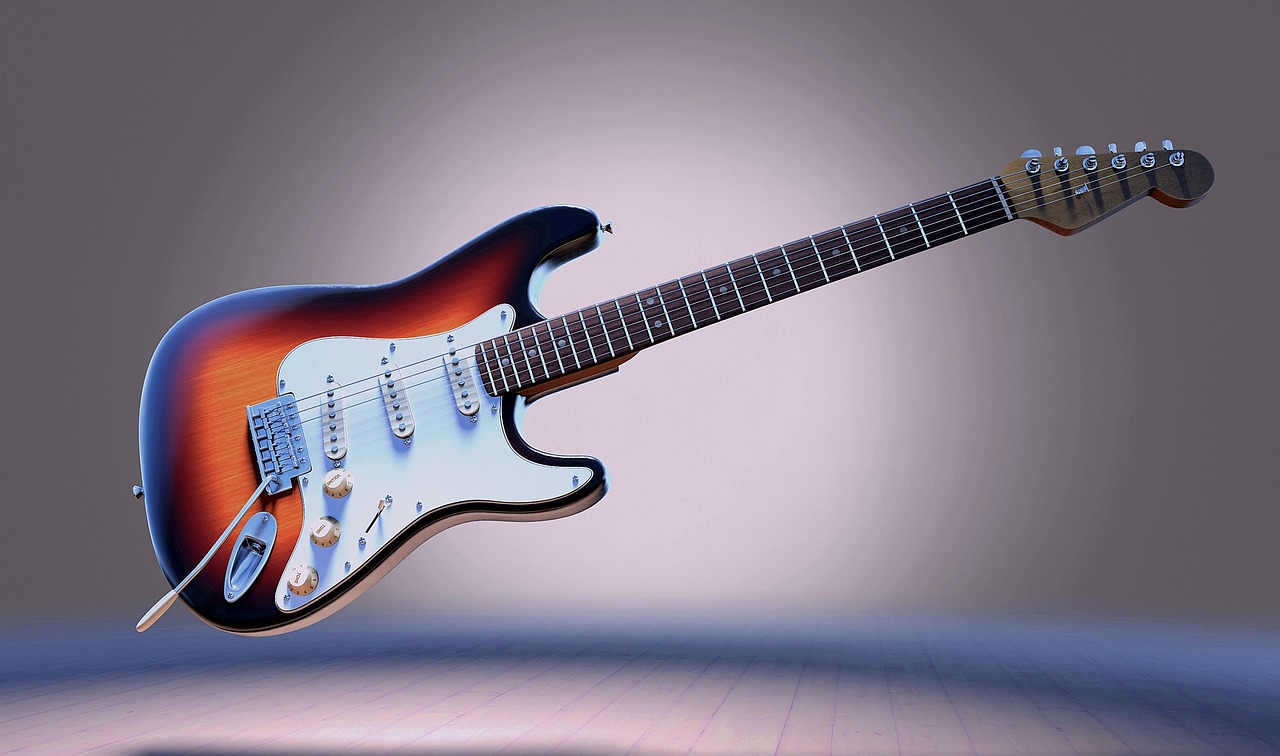
Nature-Inspired Designs
When it comes to creating stunning 3D paper wall art, are a fantastic avenue to explore. The beauty of the natural world offers limitless inspiration, whether you’re captivated by the delicate petals of a flower or the majestic silhouette of a mountain range. Think of your artwork as a window to the outdoors, allowing you to bring the serenity and vibrancy of nature into your living space. Imagine walking into a room adorned with intricate paper flowers that look like they might bloom at any moment, or a layered landscape that transports you to a tranquil forest.
To get started, consider focusing on specific elements from nature that resonate with you. For example, you might want to create:
- Floral Designs: Use various shades of paper to mimic the colors of your favorite flowers. Layering different sizes of petals can create a breathtaking bouquet effect, giving your wall art a lively and dynamic look.
- Animal Silhouettes: Capture the essence of wildlife by crafting intricate animal shapes. A flock of birds in flight or a majestic deer can add a whimsical touch to your decor.
- Landscape Scenes: Create a serene backdrop with rolling hills, a sunset, or a starry night sky. By using various paper thicknesses and colors, you can achieve a stunning depth that makes your landscape come alive.
As you brainstorm your designs, it’s essential to think about the color palette you want to use. Nature offers a rich variety of colors, from the vibrant hues of a sunset to the muted tones of a forest. Selecting a cohesive color scheme will not only enhance the visual appeal of your artwork but also create a harmonious atmosphere in your space.
Another crucial aspect to consider is the technique you will employ. For instance, you might want to experiment with quilling to create delicate floral patterns or use papercutting for intricate animal designs. Each technique can dramatically alter the final appearance of your piece, so don’t hesitate to experiment until you find what resonates with your vision.
Moreover, think about incorporating natural textures into your designs. You can achieve this by using various paper types, such as textured cardstock or even recycled paper, which can add a unique tactile element to your artwork. The contrast between smooth and rough surfaces can create visual interest and depth, making your piece even more captivating.
In conclusion, nature-inspired designs offer a wonderful way to express your creativity and bring the beauty of the outdoors into your home. Whether you choose to focus on flowers, animals, or landscapes, each piece you create can tell a story and evoke emotion. So grab your materials, let your imagination run wild, and start crafting your own nature-inspired masterpiece!
Q: What type of paper is best for 3D wall art?
A: It's best to use a variety of paper types, including cardstock for sturdiness and decorative paper for visual appeal. Mixing weights can enhance texture and depth.
Q: How do I ensure my paper art stays intact?
A: Using strong adhesives and ensuring proper layering will help maintain the structural integrity of your art. Consider using double-sided tape or glue dots for a clean finish.
Q: Can I use other materials alongside paper?
A: Absolutely! Adding elements like twine, beads, or even fabric can elevate your piece and add unique textures.
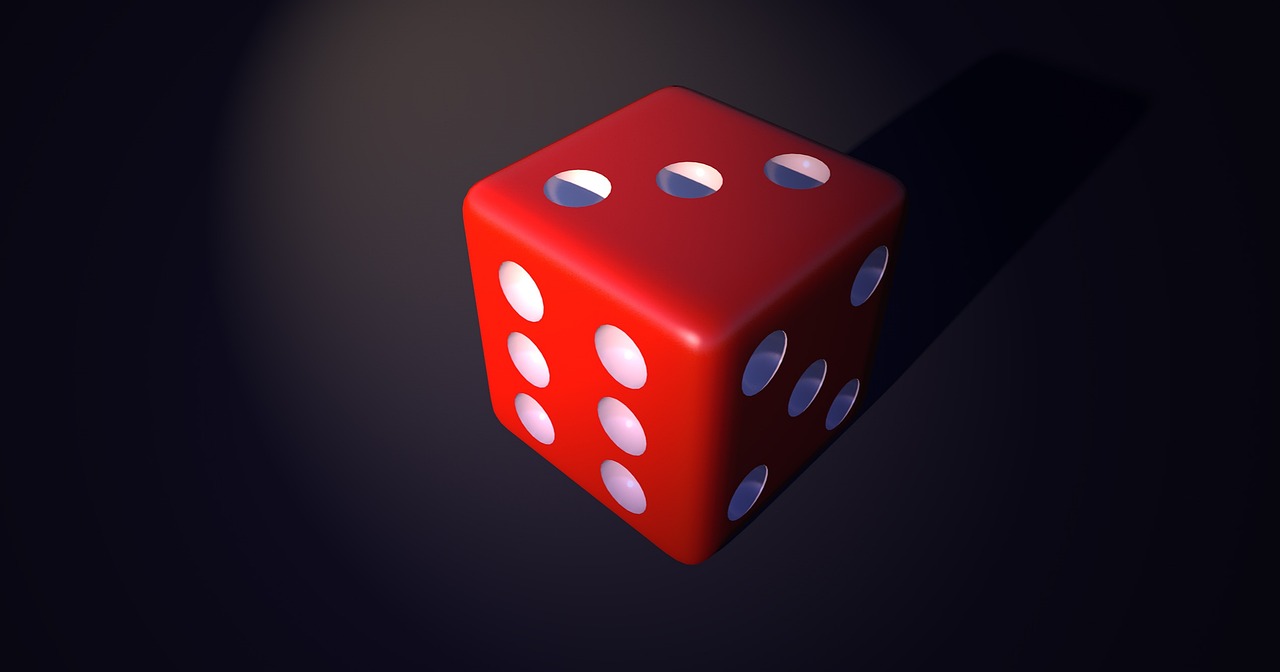
Geometric Patterns
When it comes to creating stunning 3D paper wall art, offer a unique blend of modern aesthetics and artistic expression. These designs can range from simple shapes to complex structures, allowing artists to explore their creativity while maintaining a clean and contemporary look. Imagine the sharp lines and angles of a well-crafted geometric piece, drawing the eye and sparking conversation. It's like bringing a piece of modern architecture into your home, but in a much more personal and artistic form.
To get started with geometric patterns, consider the following elements:
- Shapes: Triangles, squares, and circles are foundational elements that can be combined in countless ways.
- Symmetry: Achieving balance in your design can create a pleasing visual effect, making your artwork more appealing.
- Color Schemes: Using a limited palette can enhance the impact of your geometric design, while contrasting colors can make certain shapes pop.
One effective method to create geometric patterns is by utilizing a grid system. This technique allows you to map out your design accurately, ensuring that each shape is proportionate and aligned correctly. You can draw inspiration from various sources, such as architecture, nature, or even digital art, where geometric patterns are prevalent. The beauty of geometric designs lies in their versatility; they can be bold and vibrant or soft and subtle, depending on your choice of colors and materials.
For those looking to take their geometric paper art to the next level, consider incorporating 3D elements. By folding and layering shapes, you can create a sense of depth that draws the viewer in. For instance, layering several triangles to form a three-dimensional pyramid can add an exciting twist to a flat design. Additionally, using different paper thicknesses can enhance the shadows and highlights of your geometric art, making it truly stand out.
Remember, the key to successful geometric patterns is experimentation. Don't be afraid to play with different shapes, sizes, and arrangements. You might find that what initially seemed like a simple design can evolve into a complex and captivating piece of art. As you dive into the world of geometric patterns, let your imagination run wild, and enjoy the process of creating something uniquely yours!
Q1: What type of paper is best for creating geometric patterns?
A1: For geometric patterns, cardstock or heavyweight paper is ideal as it provides durability and stability for folding and layering.
Q2: Can I use digital tools to design geometric patterns before crafting them?
A2: Absolutely! Many artists use design software to create digital mock-ups of their geometric patterns, which can then be translated into physical art.
Q3: How can I add color to my geometric paper art?
A3: You can use colored paper, markers, or paints to add color to your geometric designs. Experimenting with different textures and finishes can also enhance the visual appeal.
Frequently Asked Questions
-
What materials do I need to create 3D paper wall art?
To get started on your 3D paper wall art journey, you'll need high-quality paper, a reliable adhesive, and some essential tools like scissors, a craft knife, and a ruler. You might also want to have some colored pencils or markers on hand for adding details and depth to your designs.
-
Can I use any type of paper for my projects?
While you can technically use any paper, it's best to choose papers that are durable and have varying thicknesses. Cardstock is a popular choice for its sturdiness, while lighter paper can be great for intricate details. Mixing different weights can create stunning textures and visual interest!
-
How do I achieve 3D effects in my artwork?
Creating 3D effects is all about layering, folding, and cutting. Start by layering different shapes and sizes of paper to build depth. Use folds to create dimension and shadows, and don’t forget about cutting techniques that can add intricate details. The combination of these methods will bring your art to life!
-
What are some design ideas for 3D paper wall art?
There are countless design ideas you can explore! Nature-inspired themes like flowers, animals, and landscapes are always a hit. If you're into modern aesthetics, geometric patterns can add a contemporary flair to your artwork. Let your imagination run wild!
-
How can I create shadows and highlights in my paper art?
Shadows and highlights are crucial for adding depth. You can achieve this by strategically placing darker papers behind lighter ones to create contrast. Additionally, using colored papers or painting certain areas can enhance the light effects, making your artwork pop!
-
Is it difficult to learn folding and cutting techniques?
Not at all! Like any craft, it just takes a bit of practice. Start with simple folds and cuts, and as you gain confidence, you can try more intricate designs. There are plenty of tutorials online to guide you, so don’t hesitate to dive in!
-
Where can I find inspiration for my 3D paper wall art?
Inspiration can come from anywhere! Nature, architecture, and even everyday objects can spark your creativity. You can also check out social media platforms like Pinterest and Instagram, where many artists share their stunning paper creations.



















